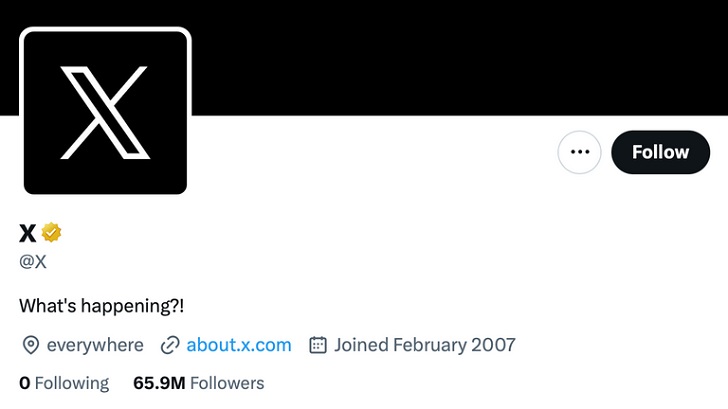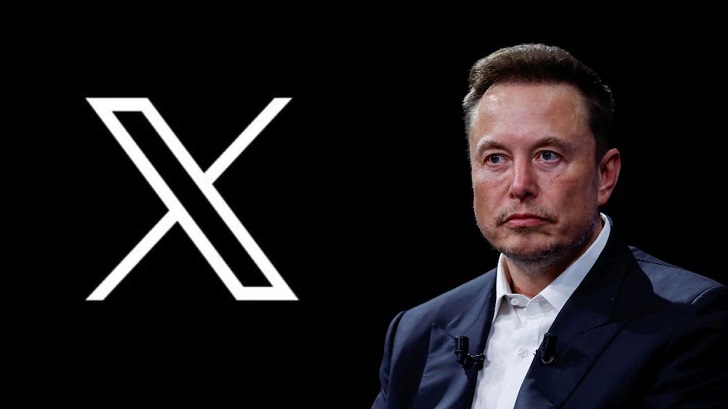In the ever-shifting landscape of corporate strategy, rebranding emerges as a powerful tool to steer companies in new directions. The phenomenon of rebranding isn’t novel, but when Elon Musk took the reins of Twitter in October 2022, it triggered a seismic shift that left many scratching their heads.
What prompted this drastic change, and does the chaotic rollout of “X” hold the promise of success? Join us on a journey through the twists and turns of this rebranding escapade.
Revolutionizing Twitter
Elon Musk is renowned for his disruptive thinking and audacious ventures. As he assumed control of Twitter, he didn’t just step into the CEO’s shoes; he orchestrated a symphony of change reverberating throughout the company.

With mass layoffs, a radical overhaul of corporate culture, and a complete revamp of its revenue model, Musk sent shockwaves through the social media giant. Not stopping there, he has set his sights on reshaping the very essence of the platform itself, envisioning a transformation from a virtual town square to an all-encompassing super app.
In light of such profound change, the decision to rebrand seems only fitting, asserts Kumar Sarangee, a marketing professor at Santa Clara University. “When a rebrand is in motion, it signifies a colossal transformation that ought to be reflected in every aspect – vision, culture, key performance indicators, and processes.”
The Birth of “X”
“In the months ahead, we will integrate comprehensive communication and a full-fledged financial ecosystem. The name ‘Twitter’ no longer aligns with this vision, necessitating our farewell to the iconic bird logo,” Musk articulated in an unmistakable tweet.
The advent of “X” was swift, surprising countless users. Social media was instantly abuzz with inquiries like “What is X?” and puns on “X-it” that encapsulated the moment’s uncertainty and humor.

The Path to Clarity
While Musk’s strategic pivot brought a flurry of change, the rollout of “X” faced its share of challenges. The ambiguity surrounding “X” and its purpose fueled curiosity and baffled many.
Queries about how the new brand was communicated to advertising partners were met with radio silence from the press mailbox, which still carries the “@twitter.com” domain.
The enigmatic debut of “X” was underscored by financial underperformance. The platform’s projected loss of approximately $2 billion in ad revenue for the year raised eyebrows and concerns.
Twitter’s Dual Identity
Amid these seismic shifts, there emerged a fascinating contradiction. Despite the erosion of its brand equity, Twitter remained a rare example of a brand used as a noun and a verb in everyday conversation.
Marketing specialist Sara Wilson, founder of SW Projects, emphasizes the significance of this phenomenon, stating, “Achieving a level of brand recognition where ‘tweeting’ is part of daily language is a remarkable feat. However, ‘X’ is relinquishing this advantage. How will people now say, ‘I tweeted’?”

Lessons from the Rebranding
One might argue that Musk’s rebrand presented an opportunity to showcase his concept of an intelligent, streamlined super app. However, the disjointed rollout and lack of coherent messaging only added to the preexisting chaos.
Kumar Sarangee highlights the pivotal role of rebranding in revamping a marketing strategy, emphasizing the importance of forging a distinct identity and repositioning in consumers’ minds. With “X,” the era of old-school Twitter has indubitably concluded, granting those yearning for the platform of yesteryears the chance to dissociate.





